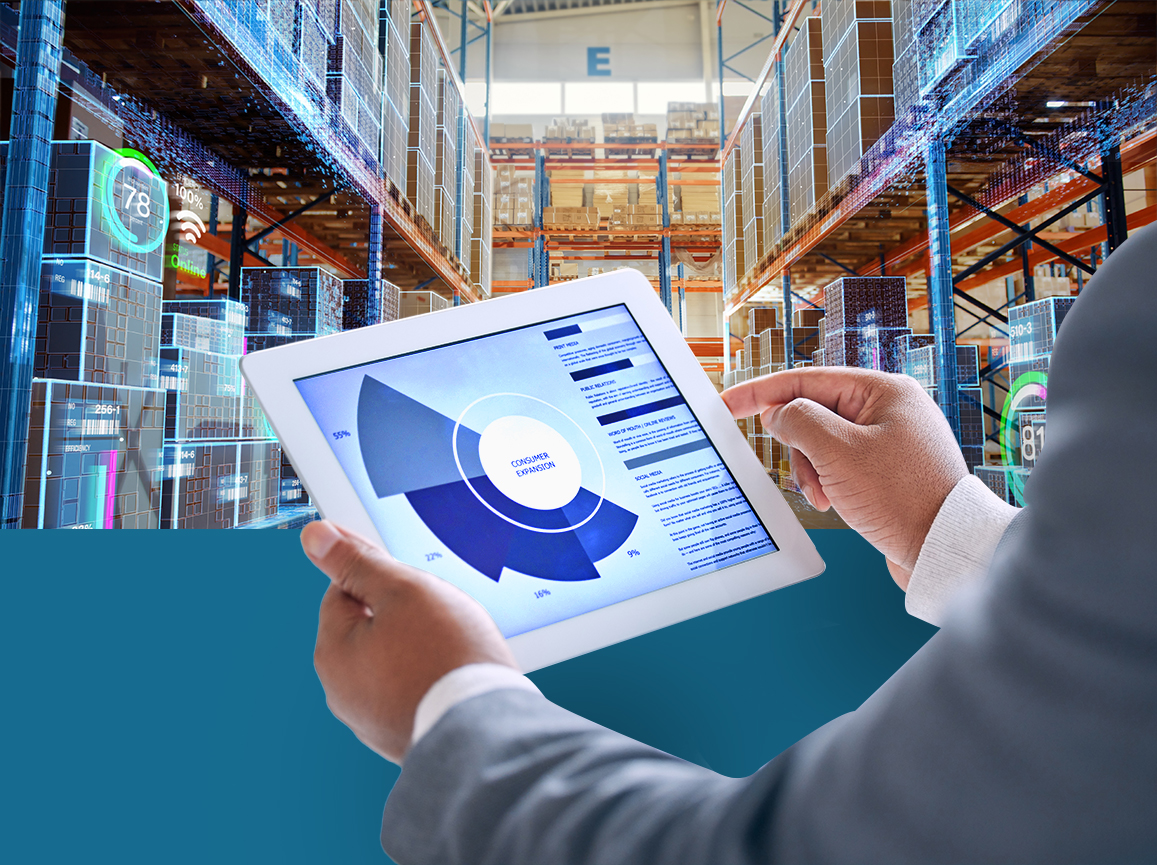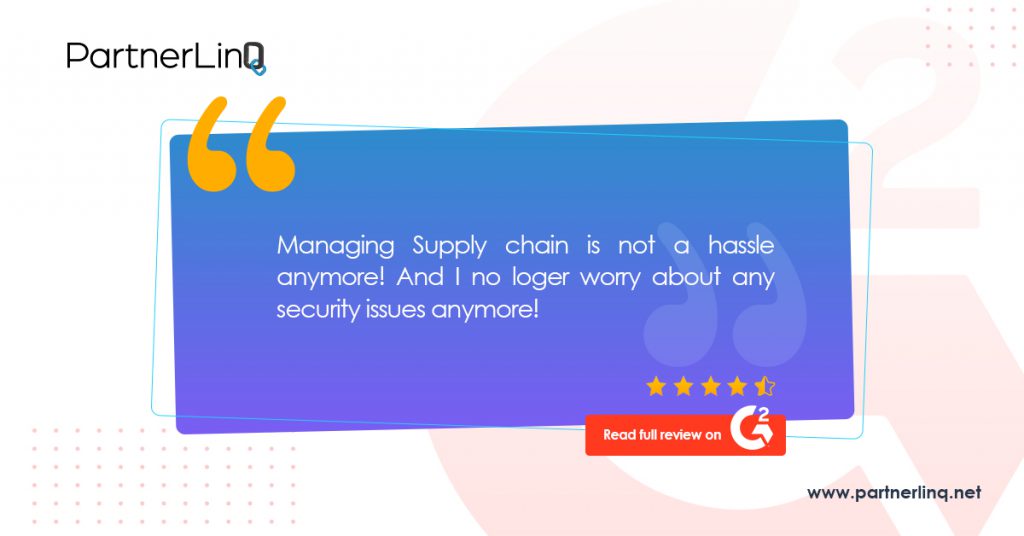The global supply chains are becoming more volatile than ever. Customer expectations are shifting, triggering modern technology adoption for many enterprises. Difficulties in onboarding trading partners further add to the struggle. What are the possible types of EDI solutions to address the matter of exchanging EDI transactions holistically, and do these various types of EDI solutions include other things, such as different types of EDI Transactions?
An effective Electronic Data Interchange Solution simplifies the exchange of electronic documents among partners through system and app integrations and cultivates collaboration via EDI and non-EDI exchange. As a result, the solution packages and delivers visibility, control, and optimization. In simple terms, it’s a feature-packed solution that enables intelligent decision-making in real-time. While these EDI technology solutions are critical to driving tangible business outcomes, particularly in recent years, the decision process is complex at the same time. This is why parties investigating Electronic Data Interchange Solutions must have a relatively deep understanding of the different types of EDI solutions before investing.
Identifying the Best Electronic Data Interchange System
The best way to develop a sound understanding is to start right from the beginning. EDI solution providers are organizations that offer EDI software and services to companies looking for data exchange services, in short, a solution to assist with the transportation, transformation, and integration of trade. EDI systems, from this perspective, help you seamlessly exchange business documents between your partners by leveraging an EDI solution which could be on-premises or cloud-based. Some are provided as managed, while others are self-service. The solution ensures completeness, data validity, and security.
Before we proceed, it is critical to understand the types of EDI solution providers in the market so that you can identify the best electronic data interchange system.
Types of EDI Solution Providers
There are five types of EDI solution providers offering one or more types of EDI solutions. In addition to services, they also differ in terms of industries and the business size they cater to. Take a look at these to identify which type will work best for your enterprise.
1. EDI Broker
An EDI broker typically provides a comprehensive set of EDI solutions. They offer value-added network (VAN) connections and, at the same time, help companies connect to particular trading partners or networks. EDI brokers typically do not have their own network; instead, they serve in the capacity of an outsourced EDI staff, typically focusing on one or several industries. They provide everything from data entry to data translation services, ensuring that your EDI documents are transformed from your core systems to that of your partners while adhering to customer requirements and guidelines for various standards.
An EDI broker ensures that any company and startup, in particular, can easily share EDI documents with their partners without investing a great deal or compromising security. EDI brokers most often assist when a trading partner lacks EDI software of their own, and a few EDI brokers even support non-EDI formats. EDI brokers are typically engaged with the market where revenue is at the lower end of the industry spectrum and are ideal for small companies and startups. Eventually, these users reach a point where the brokered solution can no longer serve their needs. If your business involves complex integrations hybrid EDI scenarios, EDI brokers may fit your business. If your business is already involved with a brokered type of EDI solution and you are not getting the needed services, you may have outgrown your present solution.
2. Fully Managed Service Provider
Fully Managed service providers offer end-to-end EDI software and/or services just beyond the scope of an EDI broker. They may offer software or cloud-based services and help you translate EDI messages in multiple formats and transform and transfer your data. Their services may be an overreach for some as they are also involved in partner mapping, ERP integration, error handling, and resolutions.
If you are looking to outsource your entire EDI function and invest your resources in other tasks, this might be a suitable choice for you. If you want to invest in EDI, EDI talent, and do some things yourself, while these service providers may help you achieve your goals, they can also inhibit your growth. While fully managed services work well for many SMEs (Small to medium enterprises), some of the drawbacks of a fully managed service include limited control and visibility. This can lead to unexpected costs and challenges to upgrading to a new ERP, MRP, CRM, WMS, CMS, or TMS.
3. VAN Providers
VAN providers have been around since the inception of EDI. VANs provide secure, outsourced networks that connect organizations with their trading partners across the globe. A value-added network (VAN) can help you securely send and share data with your partners and provide an outsourced network enabling seamless connections between global trading partners. Large enterprises can leverage this type of network to securely transmit documents from their EDI mailbox to a particular trading partner’s EDI mailbox through a service like a post office, but electronically. By enabling a secure network, they simplify communication between cloud-based EDI providers or internal networks using pre-connected connections with trading partners.
Some EDI VAN providers also offer supplemental services like data backup and recovery, document mapping, compliance, and performance tracking, and have grown largely through acquisition. If your partners are spread across the globe, and you lack needed network capabilities, a VAN service may be helpful to your business. However, VANs were initially developed for large companies and may be costly if your data exchange volume is high or may cause difficulties if your partner’s messaging format varies from yours. While VANs have long claimed to have a competitive advantage by way of their networks, the supply chain today is full of complexities, something that cannot possibly be resolved by way of a single network.
4. EDI AS2 Providers
Breaking away from the traditional VAN providers are the AS2 Providers. EDI AS2 (Applicability Statement 2) providers allow for the secure transmission of various types of data, such as EDI and XML, over the internet using HTTP and TCP/IP. AS2 can also be used to transmit images and complete PDF documents, something a traditional VAN is unprepared to do. Among these variations today associated with conventional EDI, these AS2 services are widely used to ensure seamless integration with trading partners, allowing you to handle any file format.
AS2 providers are typically an addition to a VAN, managed service provider, or brokered EDI relationship. AS2 services require message disposition/delivery notifications that acknowledge the reception after the electronic message (document or data) transmits to the sender via AS2 protocol. One of the stated benefits of using AS2 over FTP is the message delivery notification or MDN. Although some may argue that the MDN replaces the Functional Acknowledgement (997), the message delivery notification (MDN) used in AS2 only indicates a message received. In contrast, the Functional Acknowledgement (997) also confirms the delivery of a document, any formatting errors, or data loss.
Enterprises can leverage MDNs using in-house IT resources or through a cloud-based vendor to determine if a partner is struggling to keep up with transaction volumes and adjust accordingly. If you are looking for an EDI solution that ensures an end-to-end process and helps you securely send unlimited data while being kind to your partners and easy on your pockets, AS2 has proven to be a worthwhile investment.
5. Complete EDI Solution/Providers
A complete EDI solution/provider is the type of EDI solution provider that develops, implements and maintains EDI software for your business and businesses like yours. This is the type of EDI solution capable of bringing to bear many or all of the solutions described above by catering to your core business and enabling seamless connectivity visibility, onboarding, and training. A type of EDI solution that provides an EDI platform, EDI solutions, connectivity and interoperability by delivering, for example, a VAN and an AS2 solution from within the core of the product or platform.
Enterprises employing such EDI tools can use their own EDI experts to manage day-to-day activities efficiently. Even activities such as error tracking, handling, and alerting can also be automated with a complete EDI solution. This EDI solution considers integration with one or more platforms or systems, once relegated to custom code as ‘out of the box’, in other words, included with the platform. This EDI solution provider also tends to keep their solutions up to date and improve upon them by regularly updating these platforms, their customers’ instances and keeping their users informed.
Complete EDI Solutions/Providers also include and deliver training to ensure that your EDI experts stay current with the latest technologies and can use them to deliver critical or time-sensitive transactions across your partners and networks efficiently and without errors. If you are looking for or are expecting to have or maintain complete control and visibility over your entire set of B2B, B2C messaging and/or your API/EDI practice, then a Complete EDI Solution/Provider might be a good fit for you.
PartnerLinQ by Visionet: Enterprise Connectivity at the Speed of Business
PartnerLinQ is an innovative, cloud-native platform that delivers supply chain visibility and resilience by simplifying trading partner connectivity and interoperability. PartnerLinQ’s native app ecosystem adds business context to the traditional integration, minimizing disruption by increasing set-up velocity and improving implementation speed resulting in overall efficiency gains between 30 and 500%.
PartnerLinQ comes completely preconfigured and installed with capabilities for intelligent hyper-automation, multi-channel integration, and real-time analytics while allowing your team to take control if that’s what they want to do. It seamlessly connects multi-tier supply chain networks, channels, and marketplaces with your core ERP, MRP, CRM, WMS, CMS, or TMS, delivering unified connectivity to a global client base. PartnerLinQ connects with more than 77 Commerce Platforms, Market Places, B2B Portals, Social Channels, enterprise-level systems and shipping solutions today, so you are ready for today and the future.
– Integration at the Speed of Business
PartnerLinQ simplifies the partner onboarding process through its Common Processing Workflow. Complemented by the Business Rule Manager, an entire migration process involving more than 1,000 partners and customers can be completed in weeks rather than months or years.
– Scale in Transaction Volume
The PartnerLinQ platform scales automatically from transactions number in the hundreds to more than 60 million transactions. It is available in PartnerLinQ’s Azure-based hybrid cloud architecture and in the Google Cloud Platform, managing more than 8,000,000 transactions per day – nearly twice any required capacity.
– Simplified IT Infrastructure
It integrates seamlessly with your core ERP, MRP, CRM, WMS, CMS, TMS, or legacy systems, as well as Commerce Platforms, Market Places, B2B Portals, Social Channels, enterprise-level systems and shipping solutions to ensure that you are better positioned to drive even greater efficiencies with cooperative technologies, that provide real-time updates and actionable insights.
– Enhanced Visibility to Address Pain Points
Real-time insights are critical for today’s supply chain executives, and PartnerLinQ delivers consistent customer value at every touchpoint. PartnerLinQ’s biggest success comes with its ability to turn falling service ratings into top scores with the biggest clients by providing greater visibility into the operations and the ability to consistently deliver on service-level commitments.
For more information, visit our website.
 PartnerlinQ
PartnerlinQ







